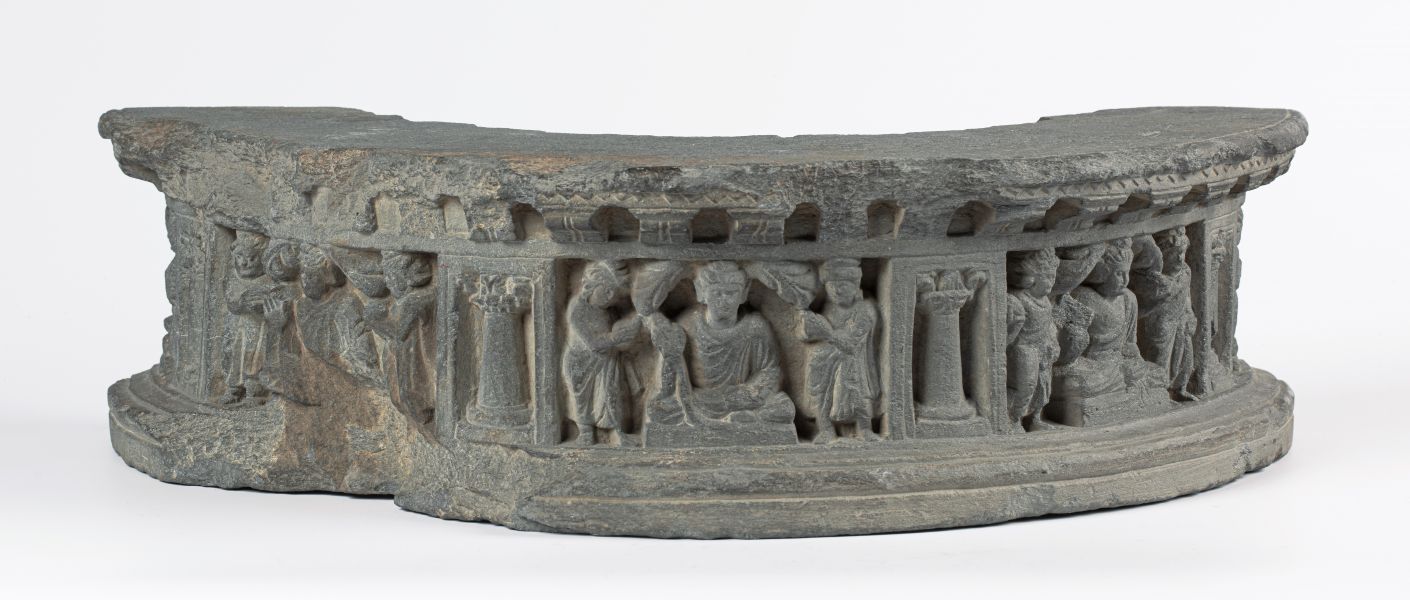Land of Buddhas | GANDHĀRA. Indo-Greek Sculptures of the Ferenc Hopp Museum
To the northwest of India, in one of the busy regions of the Silk Road: the land of Gandhāra, a new type of art created unique Hellenistic style Buddhist sculpture in the 1st-6th centuries AD. During the exciting history of the region, Greeks, Scythians, Parthians and Kushans ruled the country, forming new polities of unique syncretistic culture and religion. First time in the world, the Buddha was represented in human form at that time, and the iconography and stylistic features created here impacted the Buddha’s representation in subsequent Buddhist art spreading all over Asia. Besides free-standing Buddha and Bodhisattva statues of exceptional beauty, reliefs were characteristic products of Gandhāran art, depicting episodes from the life of the Buddha, decorating the walls of stūpas, shrines for Buddhist relics.
The exhibition showcases the Gandhāran collection of Ferenc Hopp Museum of Asiatic Arts, 82 statues made of Himalayan grey schist and stucco, within their historical and art historical contexts. The Gandhāran collection was donated to the Museum almost entirely by Mr. Imre Schwaiger (1868-1940). The Hungarian-born, Delhi and London based art dealer donated numerous Asian art objects to the Museum, all of first-class quality. The exhibition and the catalogue also honors the memory of this generous donor, also known as the „second founder of the Museum.”










